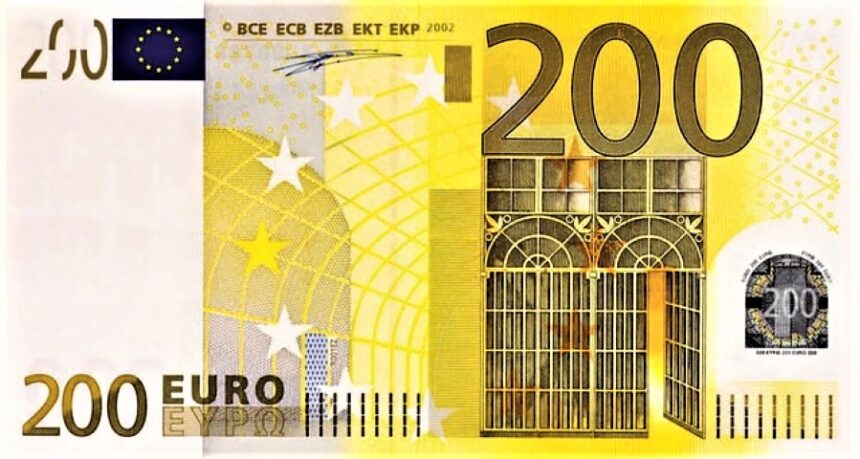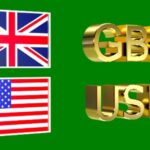EURUSD rebounds after mixed US macro data prompts traders to reassess Fed rate cut odds for September.
Soft US Retail Sales Put Pressure on the Greenback
The US July Retail Sales report delivered a mixed message to markets. Headline sales increased 0.5% month-on-month, matching forecasts but slowing from June’s upwardly revised 0.9% gain. Yearly growth slipped to 3.9% from 4.4%, reinforcing the view that consumption momentum is easing.
The Retail Sales Control Group, a GDP-linked measure excluding autos, gasoline, and building materials, rose 0.5%, missing the 0.8% expectation. The shortfall suggested household demand is cooling amid high interest rates and lingering inflation pressures.
Manufacturing Upside Overshadowed by Consumer Weakness
The Empire State Manufacturing Index surged to 11.9 in August far above the zero consensus and stronger than July’s 5.5. While the result points to renewed regional factory strength, the upbeat manufacturing picture failed to offset consumer slowdown concerns, given that household spending represents nearly 70% of US GDP.
DXY Near Two-Week Low as EURUSD Gains
The US Dollar Index (DXY) remained pinned near 97.80, a two-week low, as traders sold the Greenback following the retail sales miss. EURUSD took advantage, climbing back toward 1.1700 and recovering from Thursday’s losses.
Earlier in the week, the USD had found some support from stronger-than-expected PPI data. However, softer consumer spending data shifted sentiment, allowing the Euro to regain ground.
Fed Cut Bets Trimmed but Still Dominant
According to the CME FedWatch Tool, markets now see an 88% probability of a 25 basis point rate cut in September. That’s slightly down from the near-100% certainty priced in earlier this week after a softer CPI report.
Stronger PPI and a less dramatic Retail Sales slowdown than feared have tempered aggressive easing expectations. Still, rate cut bets remain firmly in place as the Fed seeks to balance inflation control with supporting economic growth.
ECB Caution Supports Euro Stability
The European Central Bank is in no rush to cut interest rates, with policymakers adopting a wait-and-see stance. Eurozone inflation is close to the ECB’s 2% target, and recent German industrial production gains have helped stabilize sentiment.
This policy divergence between a Fed seen as easing sooner and an ECB staying patient offers a relative tailwind for the Euro in the short term.
Technical Outlook: Bulls Testing 1.1700 Barrier
EURUSD is testing a key resistance zone between 1.1700 and 1.1720. A daily close above this level could open the path to 1.1785–1.1800, where technical sellers may reappear.
On the downside, immediate support lies at 1.1650 (50-day moving average) and 1.1610 (recent swing low). The Relative Strength Index (RSI) remains neutral, suggesting further gains are possible if upcoming US data underperforms.
Data to Watch: University of Michigan Sentiment
The next catalyst for EURUSD is the University of Michigan Consumer Sentiment Index (August preliminary). Markets expect a modest uptick to 62.0 from 61.7, but the Expectations Index is forecast to dip to 56.5 from 57.7.
A downside surprise in sentiment could add to USD weakness, while stronger readings may trigger profit-taking in EURUSD.
Broader Market Drivers
Beyond immediate data points, traders are monitoring:
US Fiscal Policy Risks – Budget negotiations could weigh on USD if political gridlock deepens.
Eurozone Economic Recovery – Better services and manufacturing data would underpin Euro strength.
Energy Prices – Lower gas and oil prices could ease inflation pressures in the Eurozone.
US-China Trade Tensions – Any escalation could spur safe-haven demand, impacting EURUSD flows.
Voice of Traders Perspective
At Voice of Traders, we believe EURUSD short-term outlook depends heavily on US consumer performance and Fed communication over the coming weeks. If consumer data continues to soften, the Euro could extend gains toward 1.18. However, resilient US jobs data or stronger inflation could limit upside momentum.
Conclusion
EURUSD rebound toward 1.1700 highlights how swiftly forex markets can pivot on key economic data. The combination of slowing US retail demand and lingering Fed easing expectations provided enough fuel for the Euro to recover.
With consumer sentiment data ahead and Fed minutes on the horizon, traders should prepare for volatility as the market recalibrates rate cut expectations.









